 To enhance service speed and avoid tariff delays, we've opened a US warehouse. All US orders ship directly from our US facility.
To enhance service speed and avoid tariff delays, we've opened a US warehouse. All US orders ship directly from our US facility.
| Cat. No. | Product Name | Field of Application | Chemical Structure |
|---|---|---|---|
| DCAPI1502 | Lenalidomide Featured |
Lenalidomide, a derivative of thalidomide, is recognized for its ability to inhibit TNF-α secretion and exhibit significant immunomodulatory effects.
More description
|
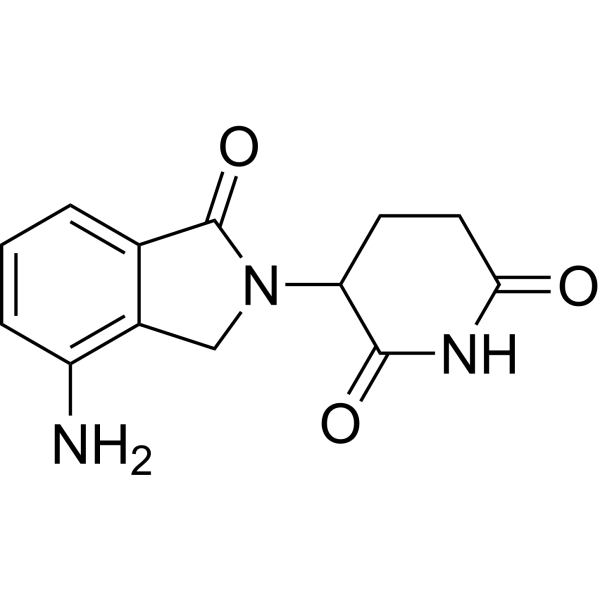
|
| DC11455 | Bz-Ile-Glu-Gly-Arg-pNA HCl(S222,FXa substrate) Featured |
S-2222 (Bz-Ile-Glu-Gly-Arg-pNA HCl) is a chromogenic substrate specifically designed for the detection and measurement of Factor Xa activity.
More description
|

|
| DC11454 | Gly-Pro-pNA(chromogenic substrate) Featured |
Gly-Pro-pNA is a chromogenic substrate specifically cleaved by dipeptidyl peptidase IV (DPP IV), an enzyme present in circulation. The enzymatic activity can be measured colorimetrically by detecting the release of p-nitroanilide at 405 nm. DPP IV plays a critical role in inactivating two key peptides, glucose-dependent insulinotropic polypeptide (GIP) and glucagon-like peptide 1 (GLP-1), which are essential for nutrient-stimulated insulin secretion. This substrate is particularly useful for screening DPP IV inhibitors, which are being explored as potential antidiabetic therapeutics.
More description
|

|
| DC60339 | Cephalofurimazine (CFz) Featured |
Cephalofurimazine (CFz) is a NanoLuc substrate optimized for enhanced brain performance. When paired with Antares luciferase, it generates over 20 times more signal from the brain compared to the traditional combination of D-luciferin and firefly luciferase.
More description
|
.gif)
|
| DC74576 | Fluorofurimazine Featured |
Fluorofurimazine is an advanced furimazine derivative with enhanced aqueous solubility, allowing for greater signal output compared to furimazine in bioluminescence imaging. This compound supports higher substrate concentrations and delivers improved sensitivity for in vivo optical imaging applications.
More description
|

|
| DC45184 | Hydrofurimazine Featured |
Hydrofurimazine is a NanoLuc substrate whose enhanced aqueous solubility allows delivery of higher doses to mice. Hydrofurimazine enables sensitive bioluminescence imaging for either prolonged light production of high sensitivity.
More description
|
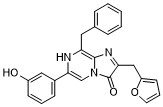
|
| DCC5420 | Viviren Featured |
ViviRen is a synthetic analog of coelenterazine specifically designed for bioluminescence imaging (BLI), offering enhanced performance in visualizing biological processes.
More description
|

|
| DC47169 | pyCTZ TFA Featured |
pyCTZ (Pyridyl CTZ) TFA, a pyridyl-modified derivative of Coelenterazine (CTZ), serves as an ATP-independent substrate for LumiLuc luciferase. This compound produces intense blue bioluminescence upon interaction with luciferases and is particularly effective in aequorin-based calcium sensing applications.
More description
|

|
| DC42623 | Furimazine Featured |
Furimazine, an imidazopyrazinone-based substrate, generates exceptionally bright luminescence when paired with NanoLuc (Nluc). This combination produces a 2.5 million-fold increase in light output compared to the Oluc-19 and Coelenterazine system in mammalian cells.
More description
|

|
| DC8863 | Coelenterazine Featured |
Coelenterazine is a luminescent enzyme substrate, used for monitoring reporter genes in BRET, ELISA and HTS techniques.
More description
|

|
| DCC1510 | Coelenterazine E Featured |
Coelenterazine E serves as a bioluminescent probe, widely utilized for its ability to emit light in biological and chemical applications.
More description
|

|
| DC82050 | Coelenterazine H Featured |
Coelenterazine h, a modified form of Coelenterazine, exhibits heightened sensitivity to Ca2+ compared to the native compound, making it an effective tool for detecting subtle fluctuations in Ca2+ concentrations.
More description
|

|
| DC47168 | pyCTZ hydrochloride Featured |
pyCTZ (Pyridyl CTZ) hydrochloride, a pyridyl derivative of Coelenterazine (CTZ), functions as an ATP-independent substrate for LumiLuc luciferase. This compound produces intense blue bioluminescence when interacting with luciferases and is particularly useful in aequorin-based calcium sensing applications.
More description
|

|
| DC49996 | Coelenteramine 400a Featured |
Coelenteramine 400a (Bisdeoxycoelenterazine), a structural analog of Coelenterazine, serves as a substrate for Renilla luciferase (RLuc). When interacting with Coelenteramine 400a, RLuc catalyzes the emission of blue light with a peak wavelength of 395 nm.
More description
|

|
| DC34489 | DOCK5-IN-C21 Featured |
DOCK5-IN-C21 functions as an allosteric inhibitor targeting the guanine nucleotide exchange factor DOCK5, effectively modulating its activity through a non-competitive mechanism.
More description
|
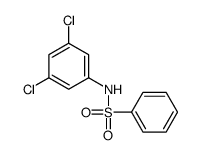
|
| DC12575 | VU0466551 Featured |
VU0466551 is a targeted activator that specifically modulates homomeric G protein-gated inwardly rectifying potassium (GIRK1) channels, demonstrating its selectivity for this ion channel subtype.
More description
|

|
| DC5072 | Duvelisib (IPI-145, INK1197) Featured |
Duvelisib (IPI-145) is a selective inhibitor of the p110δ isoform, exhibiting IC50 values of 2.5 nM, 27.4 nM, 85 nM, and 1602 nM for p110δ, p110γ, p110β, and p110α, respectively, highlighting its specificity and potency.
More description
|

|
| DC67323 | 1,9-Bis-Boc-1,5,9-triazanonane Featured |

|
|
| DC60364 | GL67 Featured |
GL67 (N4-Spermine cholesteryl carbamate) is a cationic lipid widely utilized for the delivery of nucleic acid agents, vaccines, and gene transfection due to its efficient carrier properties.
At equal molar concentrations, the salt and free forms of a compound typically demonstrate similar biological activity. However, the salt form often offers superior water solubility and improved stability, making it more practical for various applications.
More description
|
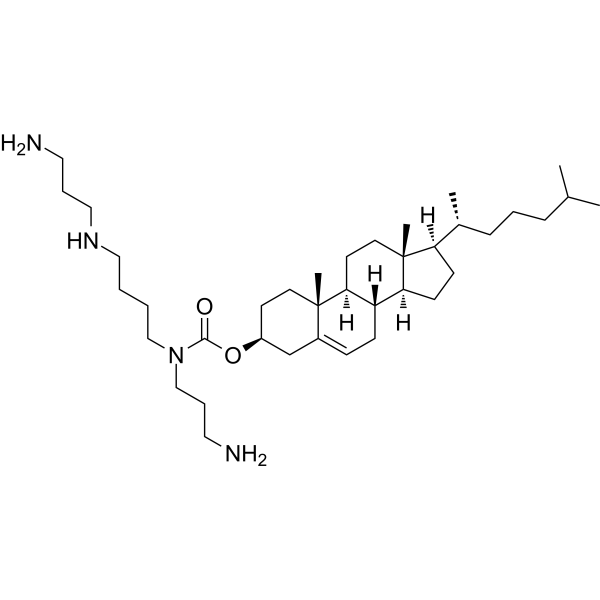
|
| DC49970 | ZYS-1 Featured |
ZYS-1 has inhibition effect on RNA adenosine deaminase 1(ADAR1), and can be used for preventing and/or treating cancer or tumor-related diseases.
More description
|
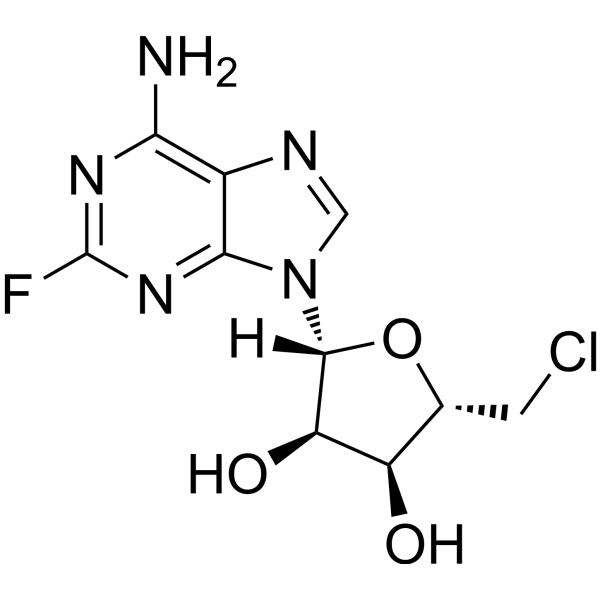
|
| DC60817 | AM-9747 Featured |
AM-9747 is an MTA-cooperative PRMT5 inhibitor with IC50 of 9.5 nM in the MTAP-del viability assay and shows outstanding 75-fold selectivity over the corresponding isogenic MTAP-WT cellular viability. AM-9747 also shows a significant oral antitumor effect in mouse models employing PDXs.
More description
|
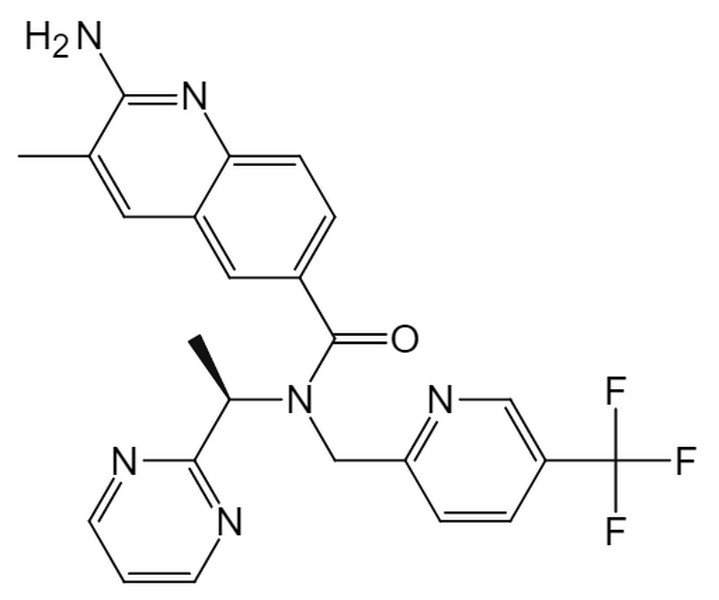
|
| DC67321 | 1,3,5-Tribromoadamantane Featured |

|
|
| DC60816 | UNC9426 Featured |
UNC9426 is a novel and potent TYRO3 inhibitor with IC50 of 2.1 nM and Ambit selectivity score (S50 (1.0 μM) = 0.026), respectively. UNC9426 shows favorable pharmacokinetic properties in mice.
More description
|
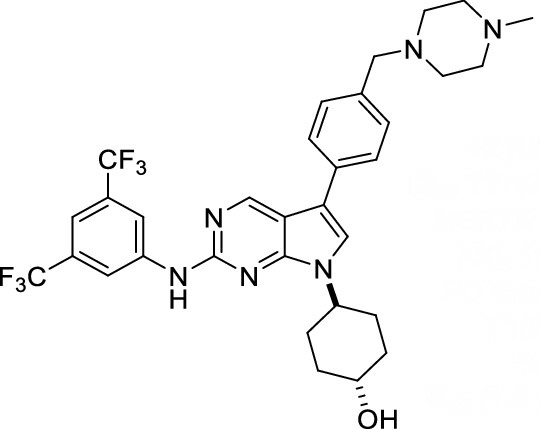
|
| DC60815 | TH35 Featured |
TH35 is a novel class of CRBN-recruiting cGAS-targeting PROTAC degrader with IC50 of 1.8 and 4.8 μM,in THP1-Lucia ISG and RAW-Lucia ISG cells, respectively. TH35 exhibits strong anti-inflammatory effects in the DSS-induced UC mice model.
More description
|
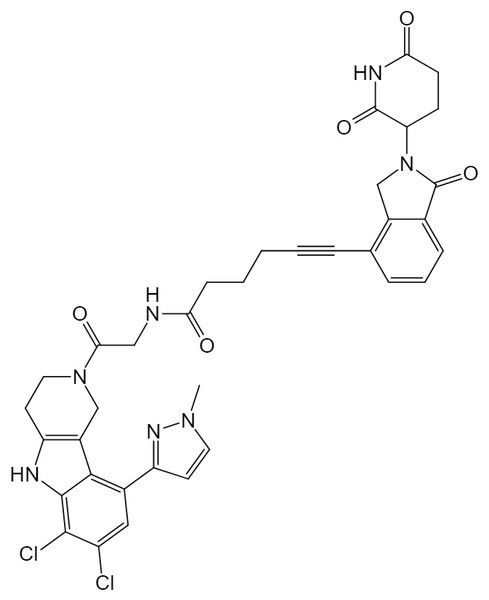
|
| DC65743 | 1,2-O-Dioctadecyl-sn-glycerol Featured |
1,2-O-Dioctadecyl-sn-glycerol (Compound 7b) is a lipid-based molecule that serves as a key component in the synthesis of thermostable lipid nanoparticles, enhancing their stability and functionality.
More description
|

|
| DC10657 | COTI-2 Featured |
COTI-2 is a small molecule candidate anti-cancer drug which can convert mutant p53 to wild-type conformation.
More description
|

|
| DC44186 | Acoramidis Featured |
Acoramidis (AG10) is an orally administered, highly selective kinetic stabilizer effective for both wild-type and V122I-TTR (transthyretin) variants. It is actively investigated as a therapeutic agent in the treatment of transthyretin amyloidosis.
More description
|

|
| A581 | Giloralimab Biosimilar(Anti-TNFRSF5 / CD40 Reference Antibody) Featured |
Giloralimab (ABBV-927) is a potent antiCD40 agonistic monoclonal antibody. Giloralimab has the potential for the research of cancer.
More description
|
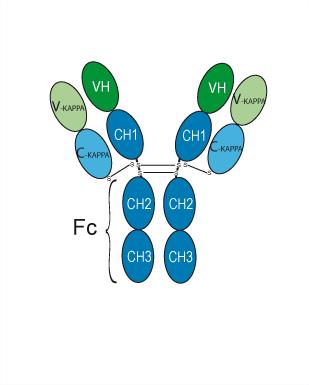
|
| A580 | Lucatumumab Biosimilar(Anti-TNFRSF5 / CD40 Reference Antibody) Featured |
Lucatumumab (HCD122) is a fully human anti-CD40 antagonist monoclonal antibody, which blocks CD40/CD40L-mediated signaling. Lucatumumab efficiently mediates antibody-dependent cell-mediated cytotoxicity (ADCC) and clearance of tumor cells, can be used for refractory lymphomas, CLL and multiple myeloma research.
More description
|
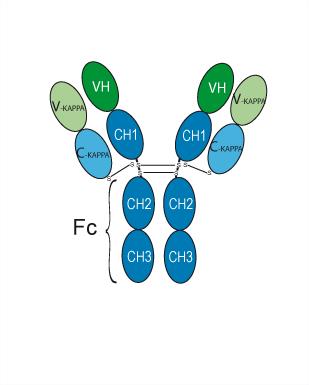
|
| A579 | Ravagalimab Biosimilar(Anti-TNFRSF5 / CD40 Reference Antibody) Featured |
Ravagalimab (ABBV-323) is a CD40 antagonist (EC50: 3.7 nM). Ravagalimab can be used for research of Crohn's disease.
More description
|
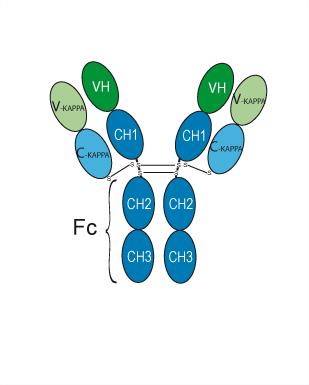
|